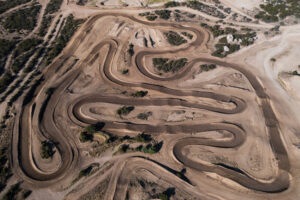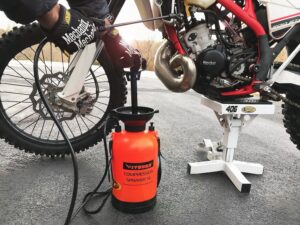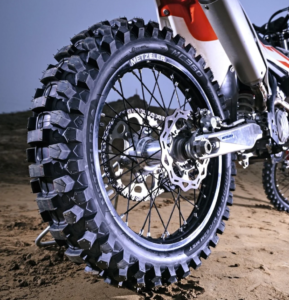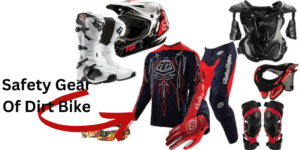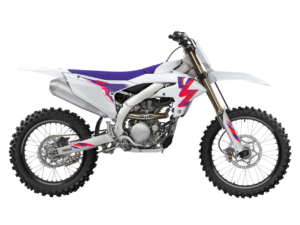15 Dirt Bike Safety Tips You Must Know !
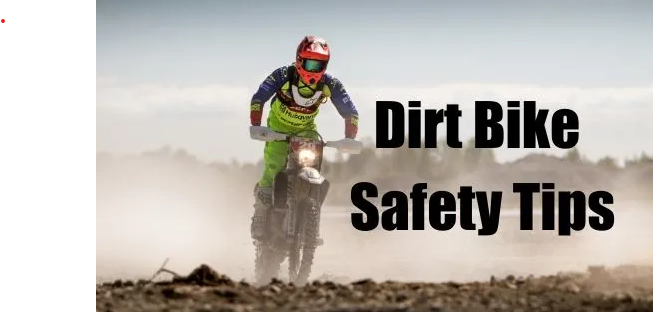
Although riding a dirt bike may be thrilling and adventurous, there are inherent hazards involved. No matter how experienced or inexperienced you are as a rider, safety should always come first. Wearing the proper safety gear is one of the key elements of dirt bike safety. The significance of safety gear, the necessary items you should wear, and how it may dramatically lower the chance of injuries when taking part in off-road activities are all covered in this article.
1. Wear Appropriate Safety Gear Dirt Bike Safety Tips:
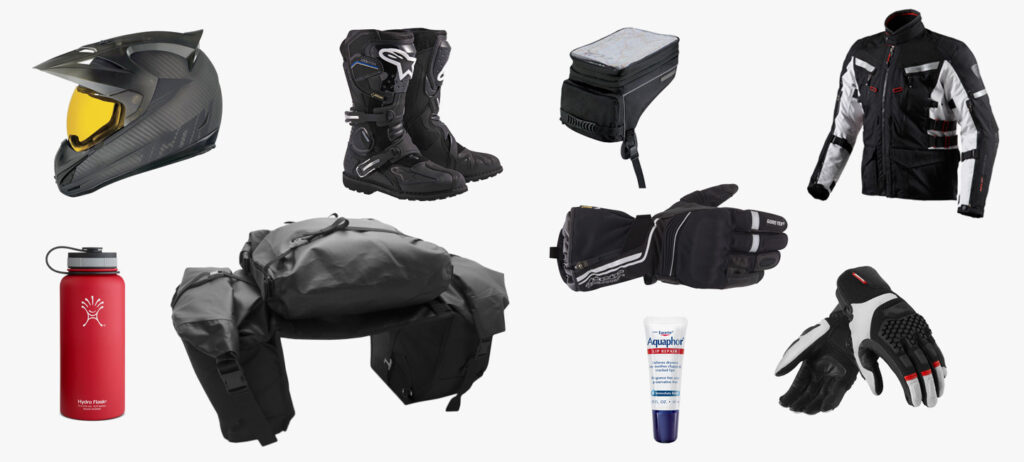
For rider protection and safety, it is imperative that riders of dirt bikes wear the required safety gear. This equipment frequently consists of a helmet, goggles, gloves, riding boots, body armor, and tough riding clothing. Each piece of safety equipment has a distinct function, such as protecting the head, eyes, and body from collisions and abrasions. Wearing the proper safety gear is a key habit for all dirt bike lovers and considerably lowers the chance of harm while taking part in off-road riding activities.
2. Get Proper Training – Dirt Bike Safety Tips :
Before riding a dirt bike, it is crucial to have the appropriate instruction to improve one’s skills and safety. You may do this by enrolling in a respected riding school or by asking more seasoned riders for advice. The basics of riding, bike control, safety precautions, and riding etiquette are covered throughout the training. This preparation is essential for new riders since it helps them gain self-assurance, lower accidents, and responsibly enjoy off-road riding.
3. Choose the Right Bike:

In order to get the best dirt bike for your riding style, skill level, and preferences, you must take into account a number of important variables. Decide what kind of riding you want to perform first, such as enduro, trail riding, or motocross. After that, consider your riding experience level because different motorcycles are appropriate for novice, intermediate, and expert riders. Think about things like brand reputation, engine size, and two-stroke vs. four-stroke. Last but not least, test-ride possible bikes physically to assess fit and comfort. You may choose the ideal dirt bike for your requirements and talents by taking these criteria into consideration.
4. Dirt Bike Maintenance
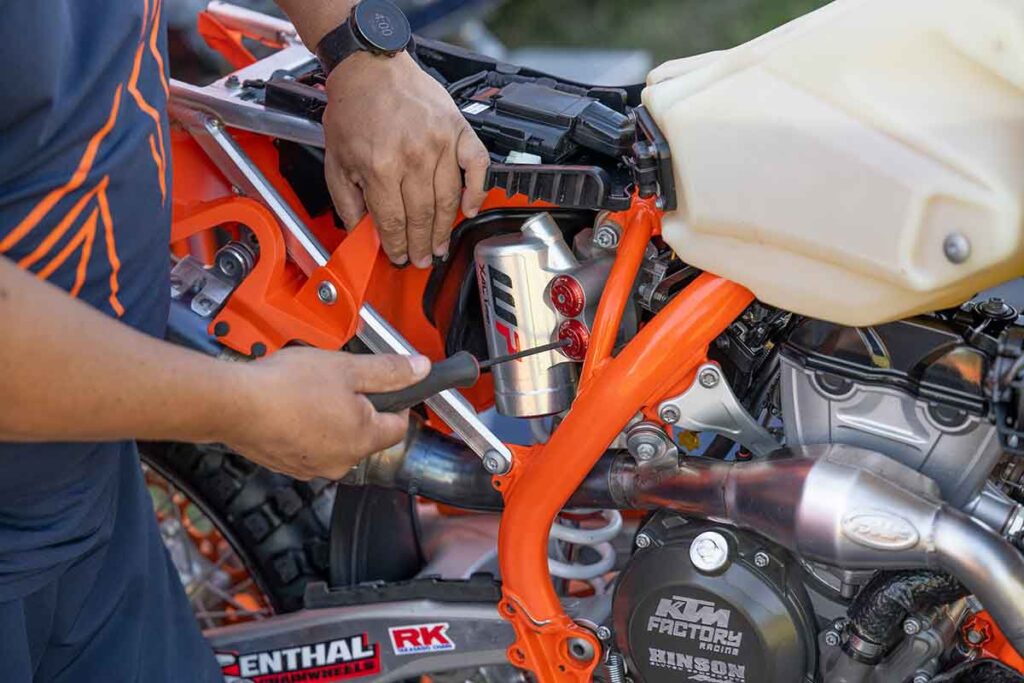
Your dirt bike has to be maintained if you want it to run well, last a long time, and be safe. Oil changes, air filter cleaning, chain lubrication, and suspension adjustment are examples of routine maintenance duties. It is crucial to check and tighten fasteners, spokes, and brakes. Your dirt bike will function more smoothly, have fewer problems, and keep you safe when riding off-road if it is properly maintained. For optimal performance, always adhere to the manufacturer’s recommended maintenance plan as detailed in the owner’s handbook.
5. Ride with a Buddy:
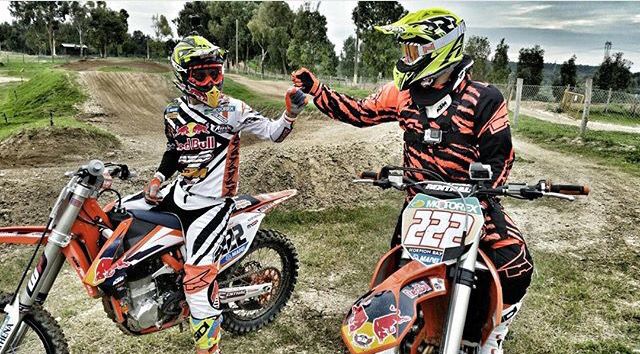
Taking a friend out on a dirt bike is a thrilling and enjoyable outdoor pastime. It entails riding dirt motorcycles equipped for tough terrain across off-road trails, tracks, or other challenging terrain with two or more riders. It is more fun to ride with a companion since you can share the trip, test one other’s abilities, and help out if necessary. For a fun and safe dirt bike ride with a friend, it is crucial to put safety first, communicate clearly, and pick appropriate routes.
6. Check the Riding Area:
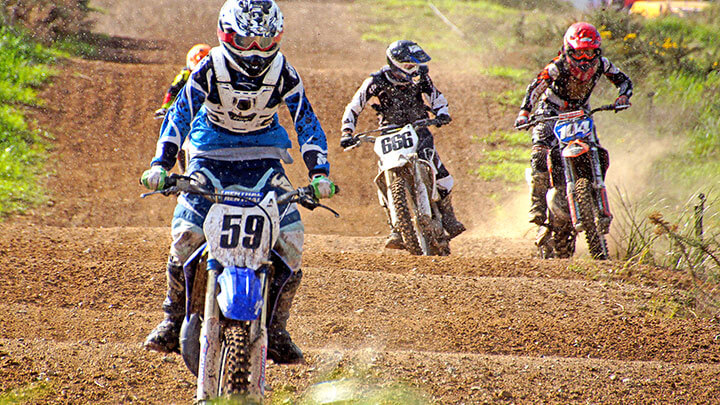
Key points about dirt bike riding areas:
Diverse Terrain: To accommodate varied riding tastes and ability levels, riding places can include a broad range of terrain types, including dirt tracks, mud, sand, rocks, hills, and woodlands.
Security: Many riding places put safety first by enforcing regulations, mandating protective equipment, and including security elements like barriers and first-aid facilities.
Community: Riders that share a passion for off-road riding frequently develop a feeling of community in dirt bike riding regions. These places may be controlled and maintained by clubs and groups.
Regulations may apply to riding hours, noise levels, environmental protection, and user fees, depending on the area.
Training Facilities: Some riding venues provide coaching and teaching to help riders of all ability levels improve their riding abilities.
Accessibility: Different entry restrictions, such as membership, day passes, or permits, apply to some of these locations.
Environmental Stewardship: To lessen the damage on natural landscapes, many off-roaders and organizations are dedicated to responsible off-roading and environmental stewardship.
Overall, dirt bike riding spaces give riders a special place to practice their sport while fostering community, safety, and sustainable land use. To maintain the viability of these riding places, riders should always abide by local laws and environmental rules.
7. Start Slow and Build Skills:
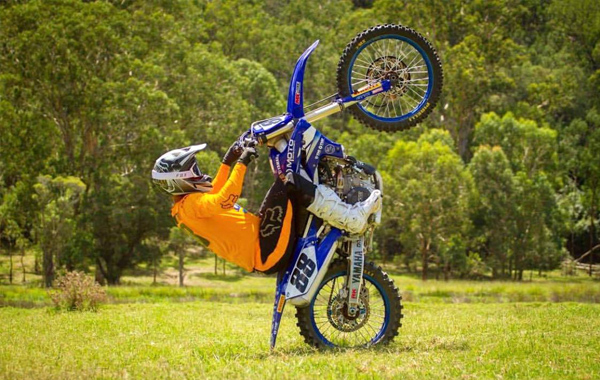
When learning to ride a dirt bike, it’s essential to start off slowly and develop your abilities over time. This method places a strong emphasis on developing safety, competence, and confidence. Riders, especially novices, should start on flat ground and practice basic movements before moving on to more difficult terrain and riding styles as they gain experience and confidence. The danger of accidents is reduced, riding skills are improved, and a solid foundation for off-road motorcycle riding is fostered by this methodical approach. It is a fundamental tenet of risk-free, pleasant dirt bike riding.
8. Ride Within Your Limits:
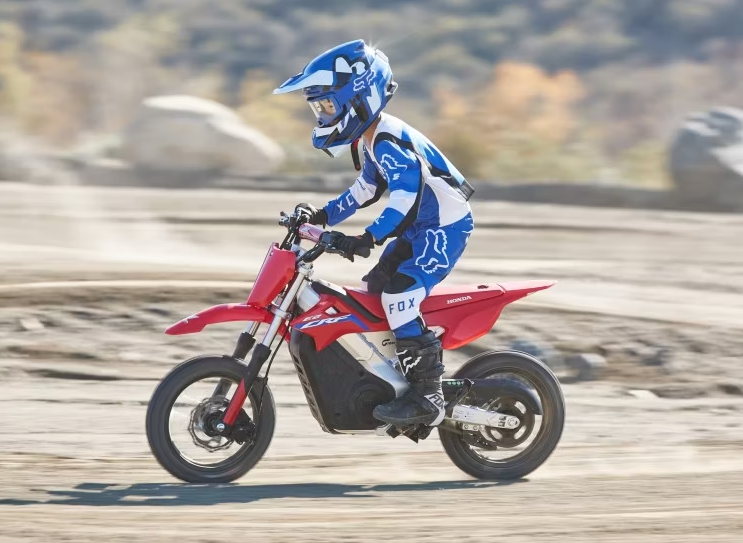
Know Your Skill Level: Recognize your riding prowess and background. Never tackle difficult terrain or techniques that are outside of your comfort zone.
Start Slowly: As your abilities advance, go up to more challenging trails progressively from easy ones.
Ride Well-Known Trails: If you’re riding alone or in an unknown region, stick to trails you are acquainted with.
Keep Your Cool: When presented with difficult circumstances, maintain your composure. Accidents might result from panic.
Keep Control: Always keep control of your motorcycle. Limit your movement’s irregular and excessive pace.
Respect Your Bike: Be aware of the possibilities and constraints of your bike. To ride safely, maintenance must be performed regularly.
Ride defensively and be aware of possible dangers such obstructions, other cyclists, and shifting terrain.
Follow the trail rules and give other cyclists the right-of-way.
Keep Up-to-Date: Know the latest information on the weather, trail closures, and safety precautions in the area where you ride.
Ride Sober: Avoid driving when intoxicated or high since it hampers judgment and coordination.
Know When to Stop: It’s preferable to stop and relax if you feel tired or uneasy than to continue.
Group Riding Awareness: Keep a safe following distance and speak clearly when riding in a group.
Continuous Learning: To increase your abilities, think about enrolling in riding classes or getting advice from seasoned riders.
In addition to improving safety, riding within your boundaries makes dirt bike more pleasurable and exciting for you. Always put riding responsibly and safely first.
Always use the proper protective equipment, such as a helmet, gloves, boots, and body armor.
9. Maintain Proper Riding Posture:
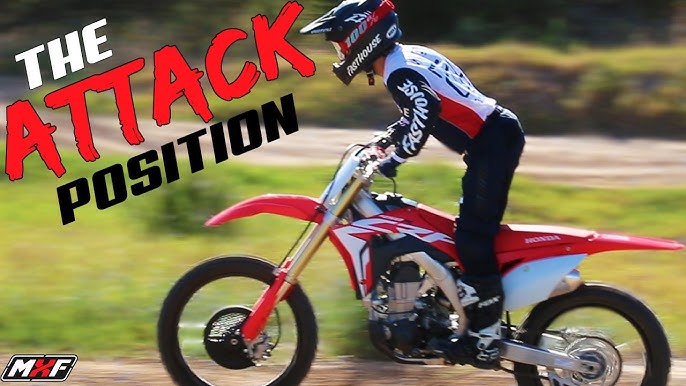
For safety, control, and overall riding performance on a dirt bike, maintaining appropriate riding posture is essential. Here is a quick rundown:
Correct Posture:
Sit up straight, back straight, and arms at your sides.
Take a solid but not overly tight hold on the handlebars.
Maintain a close-to-body position with your elbows bent.
Keep your seat in a neutral, balanced position.
Positioning:
When riding in tough terrain, you should stand on the footpegs.
To withstand bumps, use your legs as shock absorbers.
To keep the bike stable, keep your weight evenly distributed over it.
Ahead of time:
Pay attention to your destination rather than the nearby surroundings.
Keep your eyes and head up as you search the route for hazards.
For continued awareness of your surroundings, use your peripheral vision.
Bike Management: In order to steer the bike, use your lower body.
Lean into turns while shifting your weight to steer.
To hold the bike and retain control, use your legs.
Safety Equipment: Always put on the proper safety gear, such as a helmet, goggles, gloves, and coveralls.
In the event of a fall or accident, the right equipment increases safety and reduces the chance of harm.
Practice: Through repetition and experience, improve your riding posture.
To improve your riding abilities and strategies, practice often. This will make you a more certain and competent dirt bike rider.
Maintaining appropriate riding posture increases safety, as well as your control of the bike, your ability to negotiate difficult terrain, and your enjoyment of a more comfortable and pleasurable riding experience.
10. How to use Throttle and Brake Control riding your Dirt Bike:
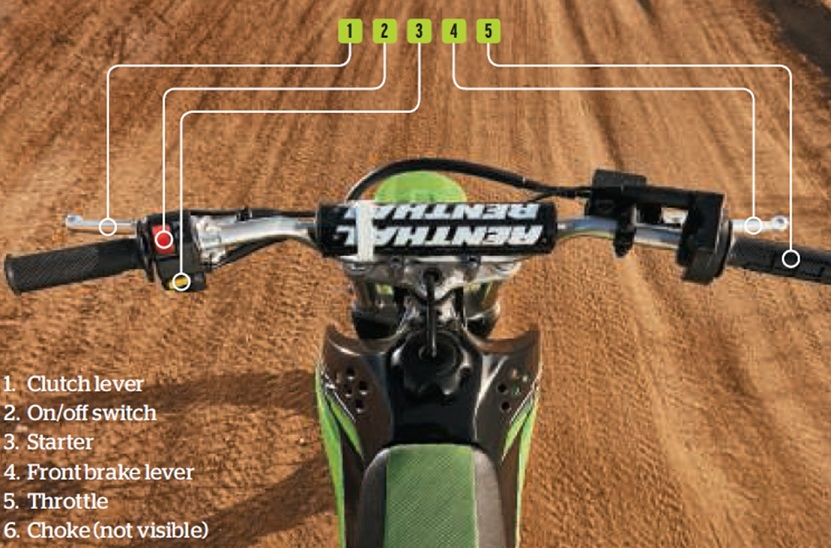
Maintaining control and safety when operating a motorbike, even a dirt bike, depends on appropriate use of the throttle and brake controls. An overview of how to operate the throttle and brake controls is given below:
Turning the throttle:
Gently roll the throttle open to increase speed. Avoid rapid throttle twists since they might make the back tire lose traction, especially in low traction situations.
Smooth Movements: Adjust the throttle gradually and gently. By doing so, stability is maintained and wheel spin is avoided.
Adjust the weight distribution with the throttle control. More throttle causes the weight to be distributed to the back wheel, improving traction. On the other hand, when you let off the gas, your weight is shifted forward for braking.
Control Power: Be aware of your motorcycle’s power and torque. Be careful when accelerating out of corners on stronger bikes since they may be more receptive to throttle input.
brake management
Motorcycles are equipped with both front and rear brakes. The majority of the stopping force comes from the front brake, while the rear brake helps with stability.
Progressive Braking: Slowly and smoothly apply the brakes. To prevent the wheels from locking up, apply the brakes gently with the lever or pedal.
Prioritize the front brake for efficient stopping in the majority of circumstances. It improves weight transfer to the front wheel and deceleration.
Rear Brake: The rear brake can be employed to increase stability and stopping force. It is particularly helpful while steering the bike during twists and low-speed maneuvers.
Consider “trail braking,” which includes softly using the brakes as you enter a bend to aid with control and speed adjustment, if you are an experienced rider.
Anti-lock Braking System (ABS): If your motorbike has ABS, use it to brake safely. During severe braking, ABS helps avoid wheel locking and skidding.
Practice: To hone your braking abilities and become familiar with your bike’s braking characteristics, regularly practice emergency braking and controlled stops in a safe, open place.
Keep in mind that the appropriate throttle and brake settings should be made according on the particular riding circumstances and terrain. For safe and pleasant off-road and on-road riding, it is crucial to practice accurate and fluid throttle and brake control. When riding a motorbike, you should always wear the proper safety gear, including a helmet.
11. Be Prepared for Emergencies parking your first aid kit
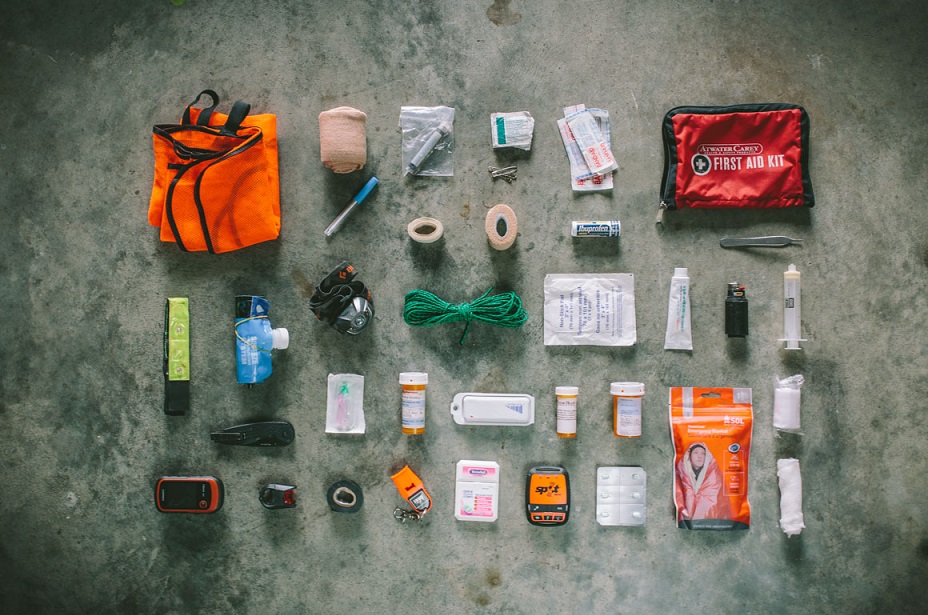
Off-road enthusiasts must be prepared for emergencies by carrying a dirt bike first aid kit. A dirt bike first aid pack normally comprises basic medical items for dealing with injuries and emergencies that may arise during off-road riding activities. This gear should be small, light, and easy to travel on your dirt bike. Bandages, antiseptic wipes, gauze, adhesive tape, scissors, tweezers, pain medicines, and emergency contact information are common supplies. A dirt bike first aid kit, when properly prepared and carried, may help riders respond efficiently to accidents or medical difficulties while enjoying their off-road activities, guaranteeing safety and peace of mind throughout their travels.
12. Respect the Environment You Ride On:
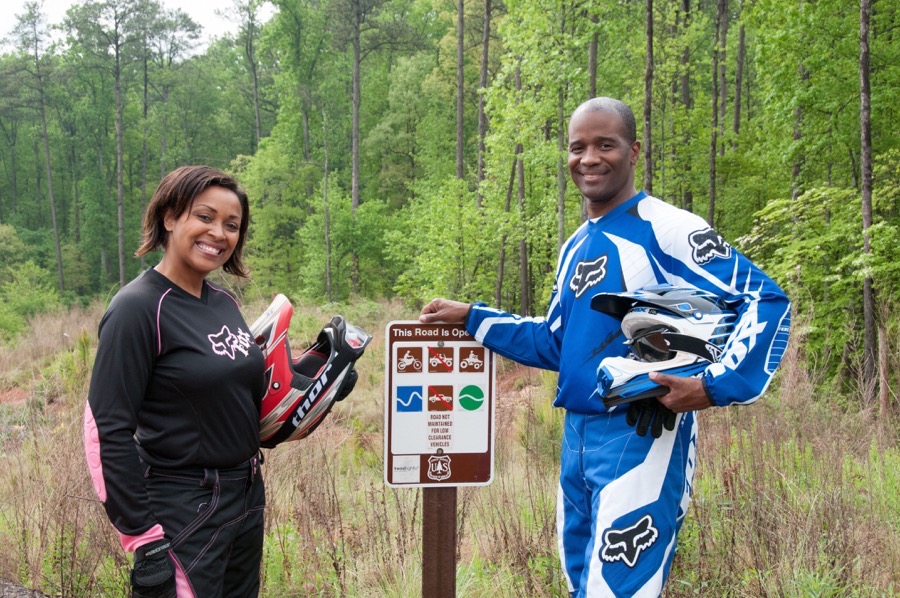
“Respect the Environment You Ride Your Bike On” is a simple but significant statement that emphasizes all off-road and trail riders’ obligation to limit their influence on the natural environment. It highlights the need of ecologically responsible riding habits such as sticking on authorized paths, avoiding vulnerable ecosystems, disposing of garbage correctly, and decreasing noise pollution. Respecting the environment when engaging in off-road activities contributes to the preservation of natural places for future generations to enjoy.
13. Be Visible and Communicate:
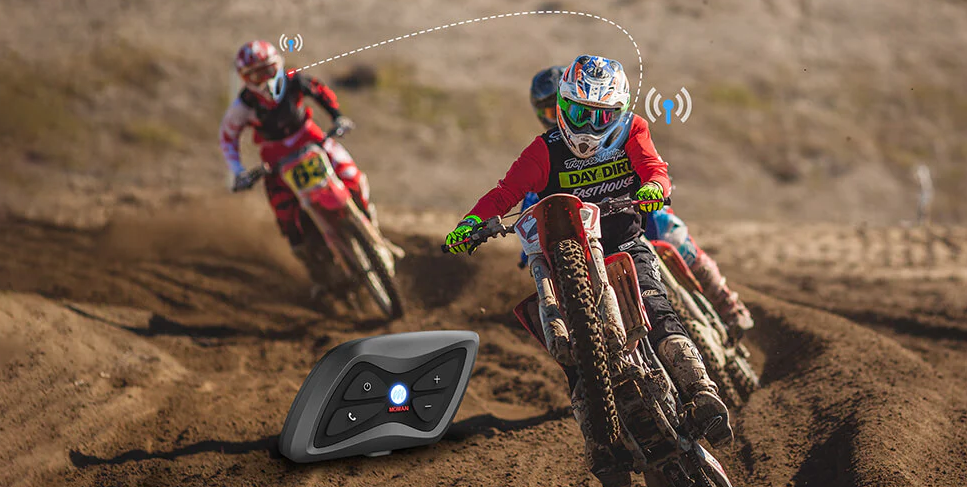
The dirt bike riding slogan “Be Visible and Communicate” highlights the significance of security and transparent communication while negotiating off-road terrain. The following main points are condensed in one succinct summary:
Wearing bright, high-visibility gear, such as a luminous vest or helmet, can help other trail users and other riders see you. Safety requires visibility, especially in forested or rugged areas.
Use Signals: Let other riders know what your intentions are by utilizing hand signals or group signals that have been agreed upon. Clear communication paves the way for others on the route and helps prevent accidents.
Horn and Lights: If your dirt bike has a horn and lights, use these to signal your approach or to warn other riders of your presence when necessary.
Keep Safe Distances: To enable for rapid reactions and prevent crashes, keep a safe following distance behind other riders. When passing or overtaking, keep a safe distance.
Keep an eye out: Constantly monitor the route for hazards, approaching riders, or wildlife. For safe riding, it’s essential to be aware of your surroundings.
Ride responsibly by abiding by all trail laws and regulations, respecting the borders of private property, and riding to your ability level. All trail users may ride safely by being responsible.
In conclusion, safety on off-road trails depends on riders being visible and communicating efficiently. Ultimately, this lowers the chance of accidents by ensuring that you are seen and understood by other riders by employing visibility equipment, signals, and vehicle characteristics.
14. Stay Sober and Alert:
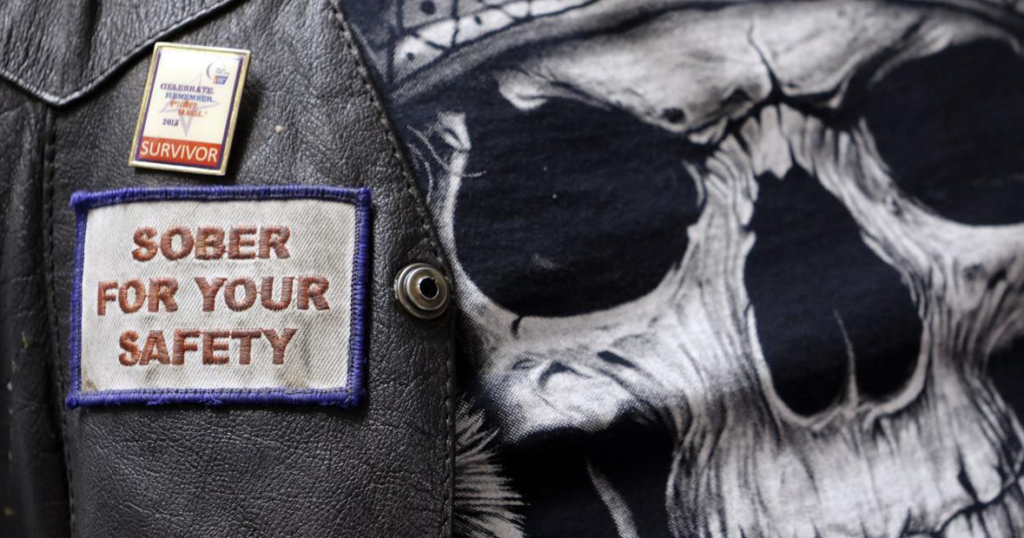
Never operate a dirt bike while under the influence of drugs, alcohol, or any other substances that might affect your reflexes or judgment.
15. Know Emergency Procedures:
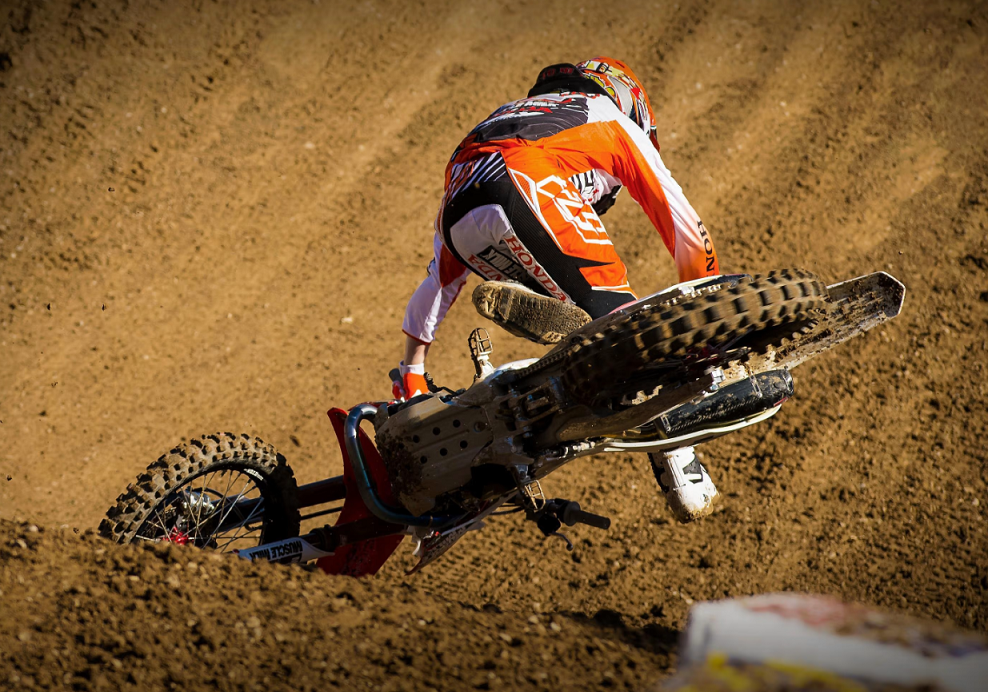
Learn how to respond in an emergency, including what to do if you fall, get hurt, or your bike breaks down.
You may take pleasure in the exhilarating experience of dirt riding while limiting the hazards involved with the activity by adhering to these safety recommendations and placing safety first at all times. To be safe on the trails, keep in mind that responsible riding and being aware of your surroundings are essential.
